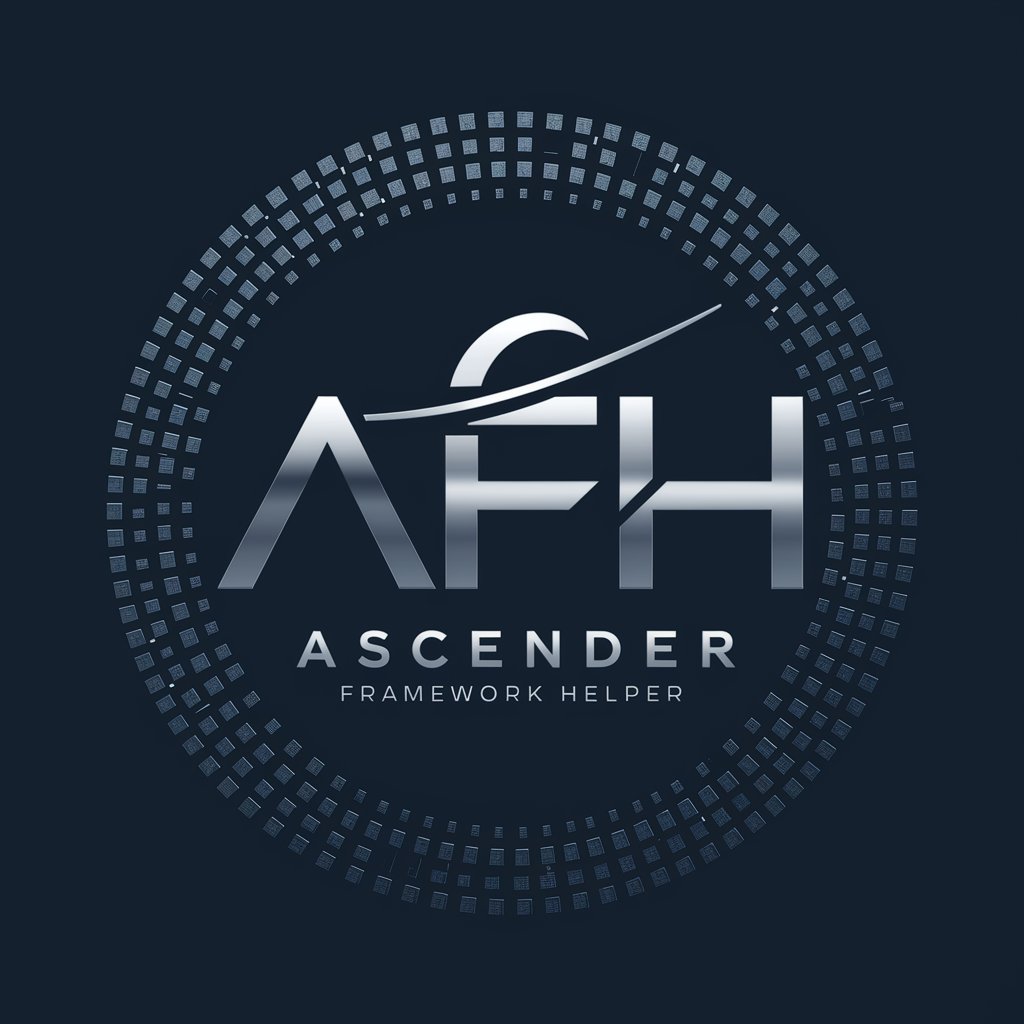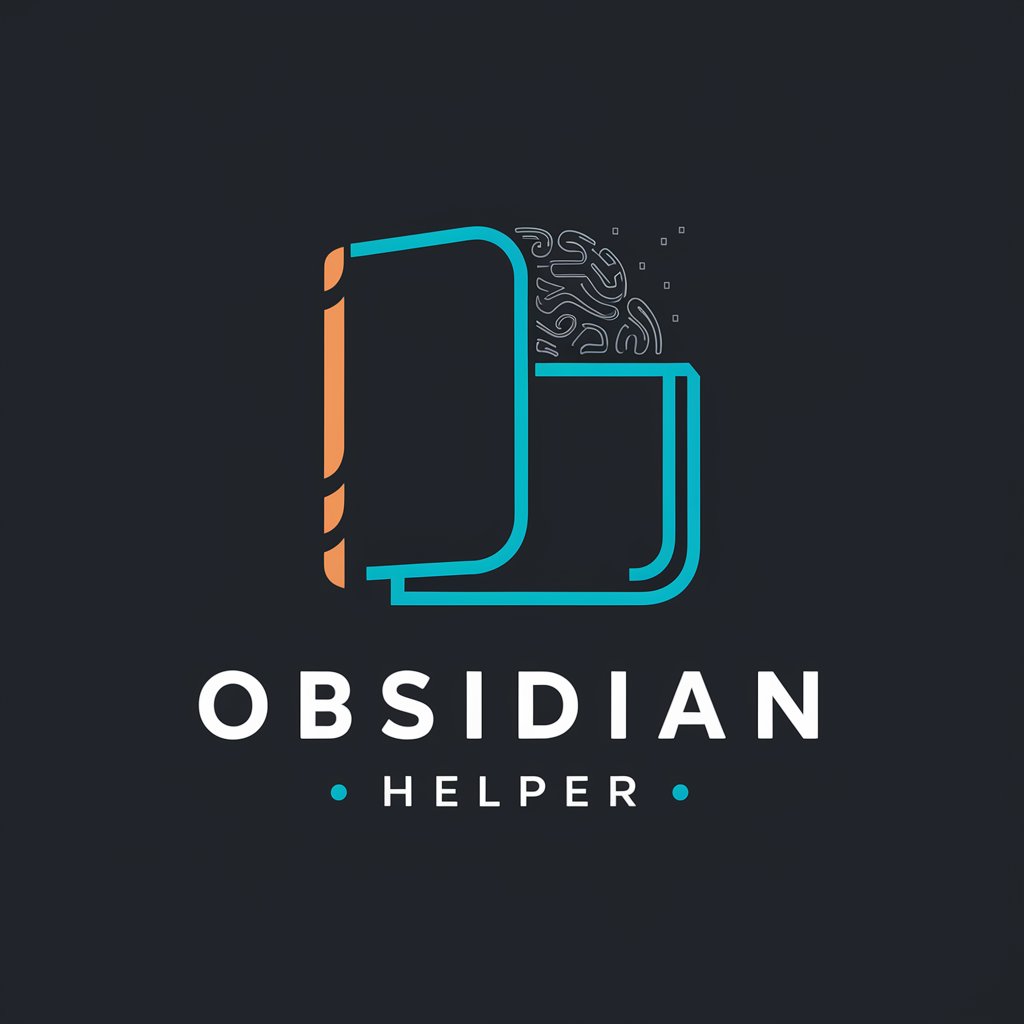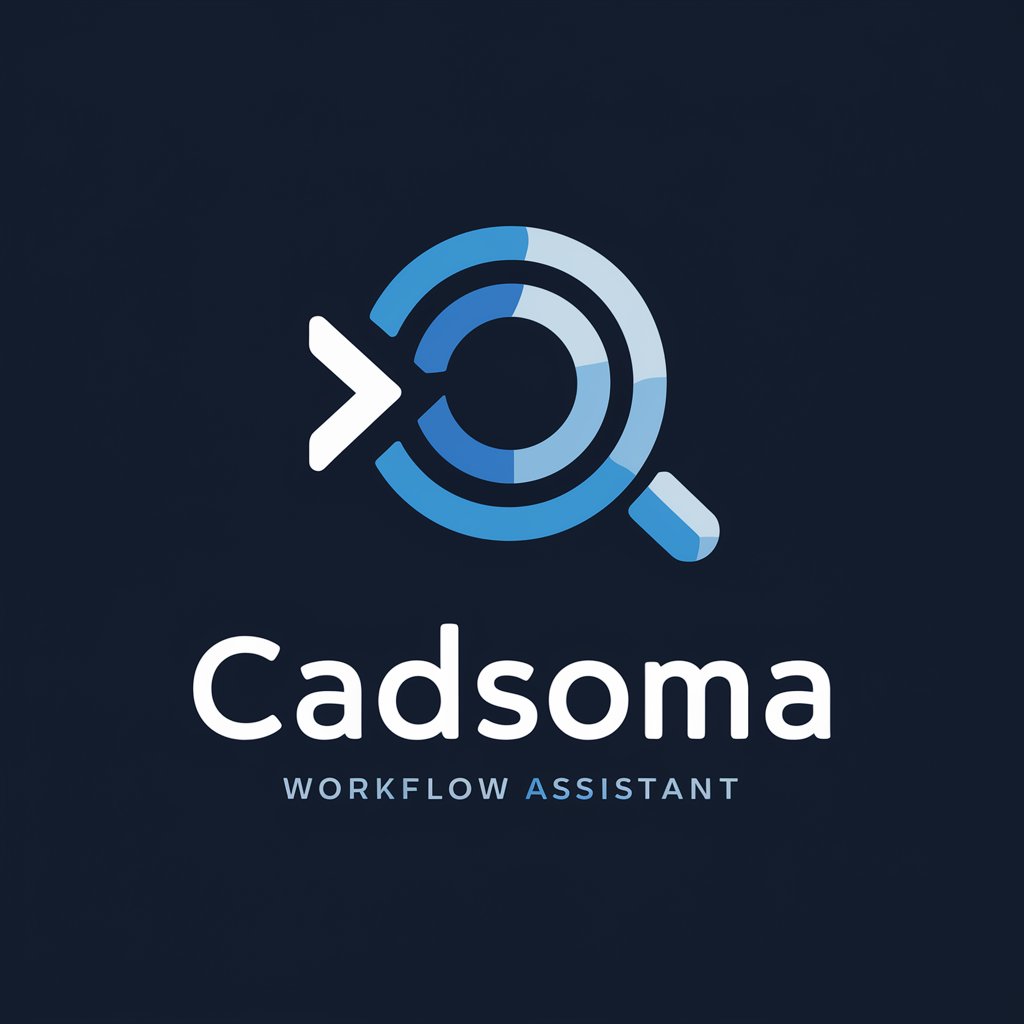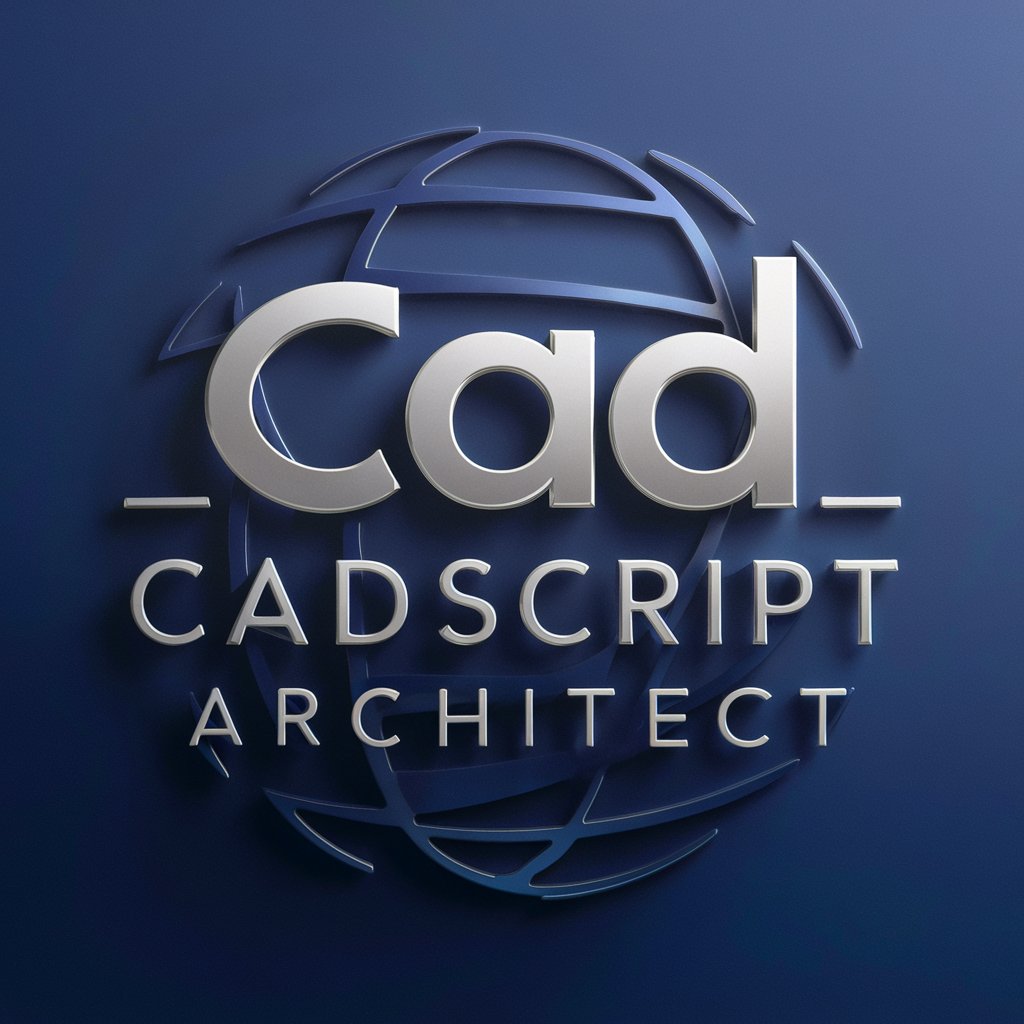Ascender Framework Helper - modular web framework

Welcome to the Ascender Framework Helper!
Build robust APIs efficiently
Generate a sleek logo for a technical framework helper...
Create a modern and professional logo for a FastAPI-based assistant...
Design a structured and innovative logo for a web development framework...
Craft a logo that embodies clarity and efficiency for a modular framework...
Get Embed Code
Introduction to Ascender Framework Helper
The Ascender Framework Helper GPT is designed to assist developers in using the Ascender Framework, a FastAPI-based structure inspired by NestJS and parts of Laravel. It focuses on providing detailed, contextual guidance on using the framework's core features like the application structure, database integration, and endpoint management. A key aspect of this GPT is its role in helping to configure and manage projects through the Ascender CLI, supporting tasks from project creation to package management. For example, it can guide a developer through the process of setting up a new Ascender Framework project using commands like `ascender projects new

Main Functions of Ascender Framework Helper
Project Setup
Example
`ascender projects new --name myproject`
Scenario
A developer starting a new project can use this command to automatically generate the basic project structure, set up a virtual environment, and install required packages, streamlining the initial setup process.
Running Built-in CLI Commands
Example
`ascender run serve`
Scenario
This function allows the developer to execute built-in AscenderFramework CLI commands within the project's root directory. It simplifies tasks like starting the server, where the developer does not need to manually activate the virtual environment.
Custom CLI Command Development
Example
Creating a custom CLI command `hello world` that outputs a greeting
Scenario
Developers can extend the Ascender CLI with custom commands for specific tasks within their projects. For instance, adding a command that greets users can help in demonstrating CLI customization capabilities.
Ideal Users of Ascender Framework Helper
Backend Developers
Developers who specialize in server-side components and are familiar with Python and FastAPI will find the Ascender Framework especially useful for rapidly developing robust APIs and web applications.
DevOps Engineers
This group benefits from the Ascender Framework's CLI tools that simplify project setup, configuration, and management, enabling efficient workflow automation and maintenance.
Educators and Students in Web Development
Educators teaching web development frameworks can use the Ascender Framework as a practical tool to teach API development and architecture, while students can use it to practice and complete projects.

Steps for Using the Ascender Framework Helper
1
Visit yeschat.ai for a free trial without requiring login; there's no need for ChatGPT Plus.
2
Install the Ascender Framework by running `pip install ascender` or `pip3 install ascender` to set up the necessary environment.
3
Use the CLI command `ascender projects new <project-name>` to initialize a new project with pre-configured templates and dependencies.
4
Navigate to your project directory and start developing by creating or modifying controllers, services, and repositories as per your application's needs.
5
Utilize the built-in CLI commands like `ascender run <command>` for running the application, managing packages, or invoking custom CLI commands.
Try other advanced and practical GPTs
ARK Survial Ascended GPT
Elevate Your ARK Game with AI

ARK: Survival Ascended Assistant
Elevate Your ARK Experience with AI

Ark Companion
Level Up with AI-Powered Gaming Insights

Ark Survival Ascended Advisor
Enhance Your Ark Gameplay with AI-Powered Strategies

Satirical AF
Crafting Humor with AI Precision

Spades Bidder
Strategize with AI-Powered Analysis

Cyber Tutor
Enhance Your Cyber Skills, AI-Powered

Bible Speaks
Navigating scripture with AI-powered insight

Obsidian Helper
Empowering Your Obsidian Experience with AI

Code Wizard
Empower Your Code with AI

Cadsoma Workflow Assistant
Optimizing workflows with AI-powered tools

CADScript Architect
Automate CAD, Power Your Design

Detailed Q&A about Ascender Framework Helper
How does the Ascender Framework Helper facilitate database initialization?
The Framework uses the `use_database()` function within the Application class for seamless database initialization, handling configuration and connections automatically.
What files are essential for setting up a controller in Ascender Framework?
A controller setup requires 'endpoints.py', 'service.py', and 'repository.py' as mandatory files. Optionally, 'models.py' for Pydantic models and 'serializer.py' for serialization of database models to API output formats are recommended.
Can I develop custom CLI commands within the Ascender Framework?
Yes, Ascender Framework supports the development of custom CLI commands. Developers can extend the built-in CLI functionalities by creating classes derived from either BasicCLI or GenericCLI, depending on the command complexity.
What is the purpose of the 'setup' function in 'endpoints.py'?
The 'setup' function configures the controller module by registering services and repositories. It is crucial for the integration of business logic and data management layers within the application.
How does Ascender Framework ensure application scalability?
The framework supports asynchronous operations and utilizes a modular structure inspired by NestJS, allowing efficient scaling and maintenance of large applications through separate control over business logic and data access layers.
